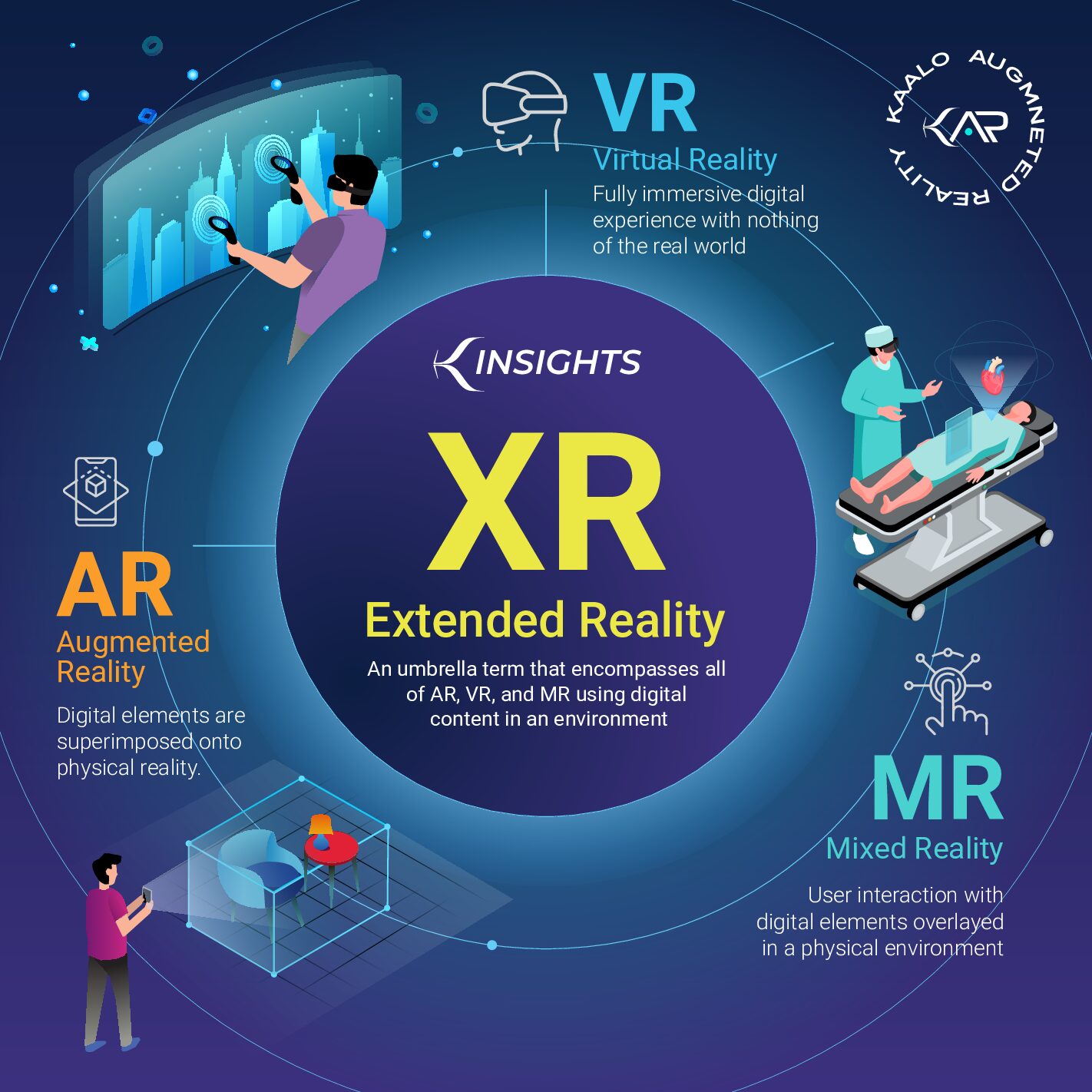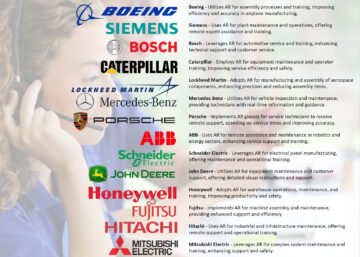AR, VR, MR, XR…There are a lot of acronyms tumbling around the internet concerning reality. But before we get into the modifiers, let’s talk about what reality is. When we say “reality,” we usually mean the physical world. Each person’s experience of reality is somewhat subjective, based on simple things like the way they see color and more complex factors like how they perceive an event based on their unique past experience.
Physical reality (without any digital enhancement) is at one end of what’s called the “virtuality continuum,” first introduced by Paul Milgram and Fumio Kishino. Virtual reality — a full-immersive digital environment with the “real” physical environment completely blocked out — is at the other extreme. The other terms fall in the middle and around them.
Augmented Reality
Augmented reality is one step away from standard reality toward the digital end of the spectrum. With AR, digital elements are superimposed onto physical reality, giving us a composite environment made up of both real and digital elements. You can get an AR view through smart glasses or an app on your smartphone. Accuvein technology, which projects vein locations on a patient’s arm to increase accuracy during blood draws, is a good example.
Mixed Reality
You can imagine mixed reality in the center of the spectrum. Like AR, MR projects digital overlays onto the physical environment, but MR allows the user to interact with those digital elements as well. You can see the virtual dog in front of you and also scratch it behind the ears. Think of Tony Stark swooping those 3D digital diagrams around his multimillion-dollar “workshop.”
Virtual Reality
Virtual reality is a totally digital environment with nothing of the real world remaining in view. VR often makes use of sight and sound to create an immersive experience but when touch is added, it becomes even more real for participants. The ultimate example of VR? The Matrix (of course). Here’s an entertaining video of the Fulham players struggling with a virtual reality “walk the plank challenge,” even though they know the height isn’t real.
Extended Reality
Extended reality or “XR” is the easiest to explain. It’s an umbrella term that encompasses all of the aforementioned ways of using digital content in our environments — everything from Pikachu projected onto the sideway in Pokémon Go, to well, again, The Matrix. AR, MR and VR are all types of XR.
The exciting thing about AR and MR in particular is how they are already being used. Apps can provide digital, 3D interactive manuals. Instructions for manufacturing and assembly can be projected right onto complex products to prevent costly mistakes. Driving directions can populate on a heads-up display so directions are step-by-step on the road in front of you. Once you have a basic grasp of what each of these terms means and how they fit on the continuum, it’s easy to see where they are already popping up in our very real world.



